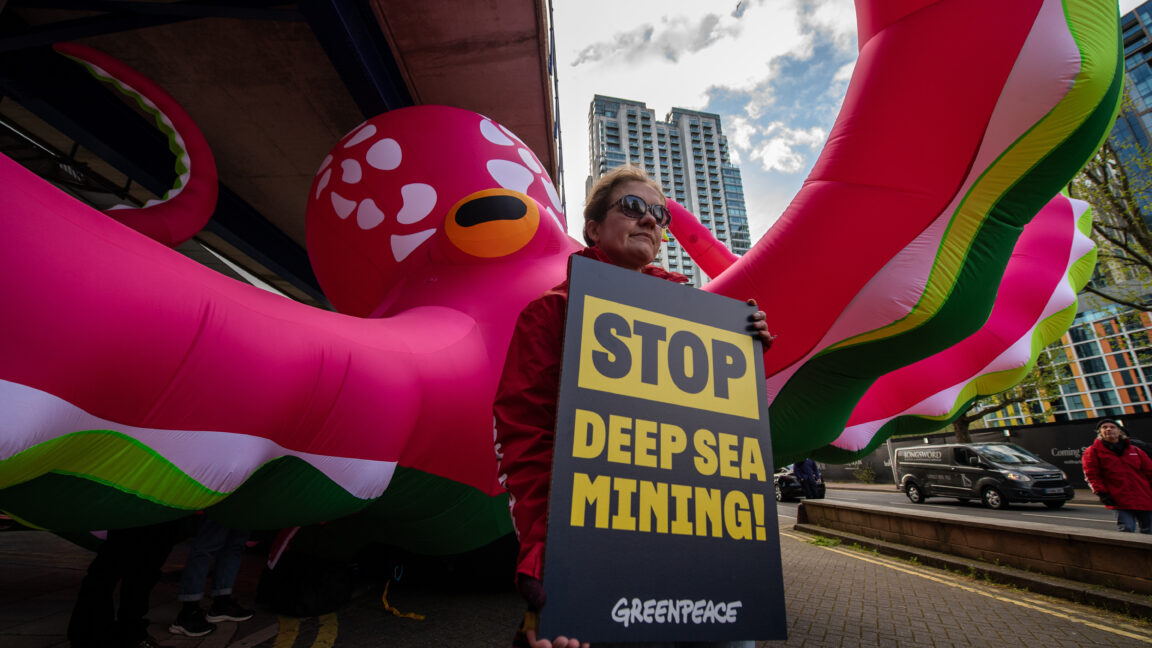INSUBCONTINENT EXCLUSIVE:
This article originally appeared on Inside Climate News, a nonprofit, non-partisan news organization that covers climate, energy and the
Sign up for their newsletter here.In 2013, a deep-sea mining company named UK Seabed Resources contracted marine biologist Diva Amon and
other scientists from the University of Hawaii at Manoa to survey a section of the seafloor in the Clarion-Clipperton Zone, a vast swath of
international waters located in the Pacific Ocean that spans around 2 million square miles between Hawaii and Mexico.The area is known to
have an abundant supply of rocky deposits the size of potatoes called polymetallic nodules
They are rich in metals like nickel, cobalt, copper, and manganese, which have historically been used to make batteries and electric
vehicles.Someday, the company envisioned it might profit from mining them
But first it wanted to know more about the largely unexplored abyssal environment where they were found, Amon said.Using a remotely operated
creature with 8-foot-long billowing tentacles appeared about two feet above the seabed
It was attached to the stem of a sea sponge anchored on one of the valuable nodules.Amon was overwhelmed with excitement
It was likely a new species, she said
She also felt a sense of grief
minerals are used in everything from defense systems and batteries to smartphones and medical devices

